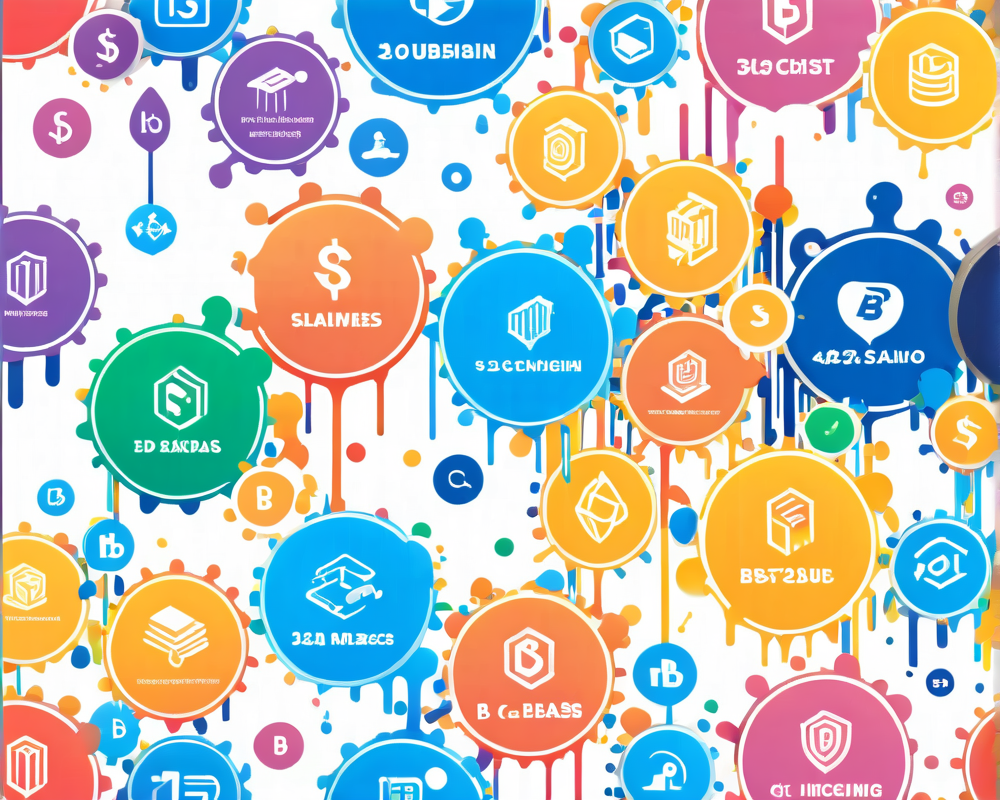Nostalgia for Boxed Goods
Remember the days when acquiring software meant standing in line at a store, clutching a boxed product as if it were the last piece of chocolate at a diet convention? Those were simpler times, before we entered the whirlwind world of subscriptions that seem to multiply faster than rabbits in springtime. Now, it’s a buffet of monthly fees from giants like Netflix and Amazon. Who needs physical media when you can have anything and everything at your fingertips for a recurring price?
The B2B SaaS Evolution
Fast forward to the corporate jungle—a decade or so ago—when businesses took this subscription trend and redefined enterprise technology. B2B software-as-a-service (SaaS) emerged, transforming legacy systems like enterprise resource planning into easy-to-digest subscription nuggets. Companies went from paying big bucks upfront to a delightful cycle of recurring payments, which is great for their cash flow but raises questions about our sanity as consumers. Remember when we just wanted to buy a software license and call it a day?
Web3 Comes to the Party
Enter the blockchain and crypto revolution, which almost forgot to send an invite to B2B SaaS. But as competition heated up and the bear markets nipped at their heels, Web3 startups began to realize it wasn’t too late to crash this subscription shindig. They started offering fresh, blockchain-infused solutions to old business problems, and surprise—enterprises are listening!
The Metrics that Matter
According to venture capitalist Tomasz Tunguz, the potential of the B2B SaaS3 market is staggering. If we count the 57 Web3 SaaS projects that collectively generated revenues topping $500,000 to over $100 million in late 2022, we’re looking at a potential of a whopping $231 million total addressable market (TAM). Sure, this number is as optimistic as a kid on Christmas Eve, but it gives a glimpse into how businesses are hungry for innovation.
Challenges on the Way
Mark Smargon, CEO of Fuse, is like that wise friend at the bar who sees potential where others see risk. He highlights the pace of change in mobile and e-commerce, coupled with a shift to cashless societies. Yet, inherent hurdles like high costs and compliance issues mean traditional payment systems can be more painful than stepping on a Lego. The key to success lies in Web3 startups simplifying these systems and creating a bridge for Web2 companies. Because believe me, no one wants to struggle through awkward transitions while trying to dig into the potential wonders of blockchain.
Rethinking Business Models
The looming challenge is getting businesses to recognize that Web3 isn’t just about flashy jargon and NFTs. Smargon argues that it’s all about presenting tangible benefits—like moving payments without hefty fees or simplifying compliance—otherwise, they’re just another pretender in a world filled with Mediocre the Magnificent.
Conclusion: It’s Not Just About Tech
While both SaaS and Web3 continue to evolve, they must find common ground. As Pihl from Auki Labs aptly puts it, “selling picks and shovels” is the best bet while the killer apps are still in the hatchery. The key will be listening to clients’ needs rather than leading with ideology. If companies can merge the innovation of Web3 with the familiarity of traditional services, we might just find a happy marriage that leads to a brighter, more efficient future without leaving any frustrated customers behind.




